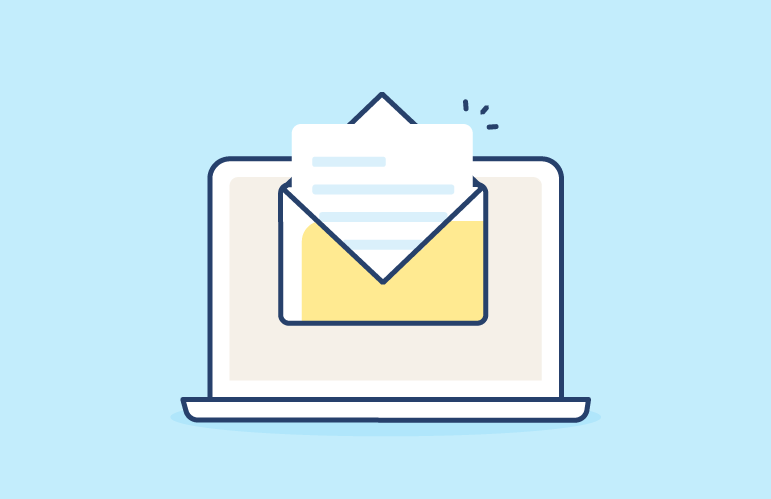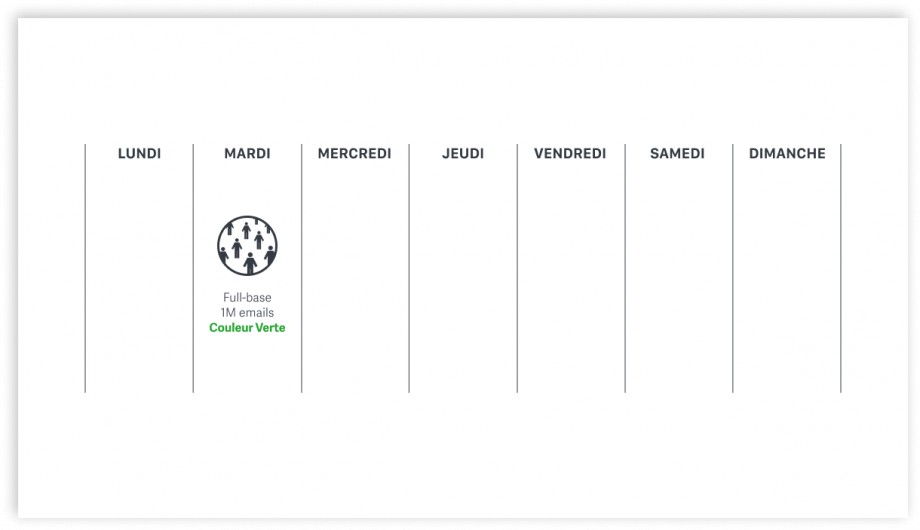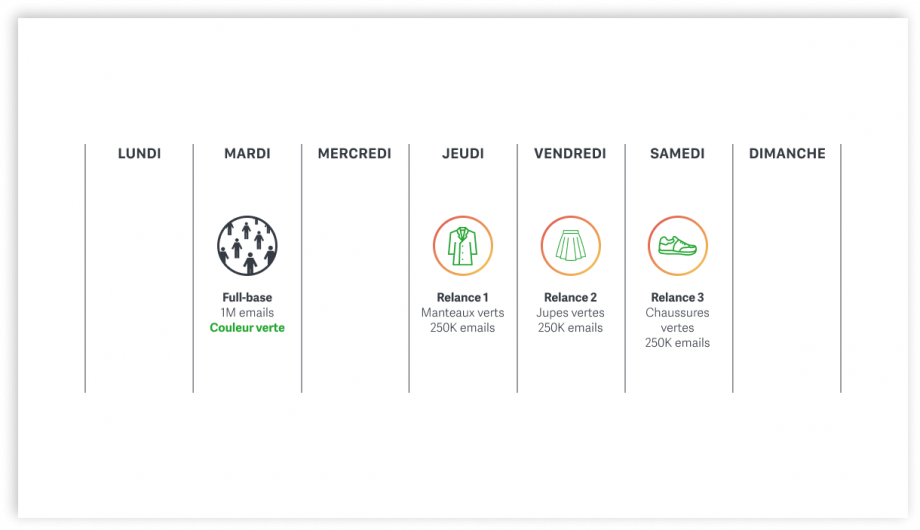CRM Tip #2: Create follow-up emails that truly engage your prospects


Catégorie : Stratégie CRM
At Splio, our goal is to help our clients improve their CRM performance and address their key marketing challenges. With the help of our tool, marketers can constantly reinvent themselves to deliver new campaigns that perform better and better.
But finding the right themes to push, validating the offers to put forward, developing the creative material…. all of this takes time!
Especially if you don’t want to simply duplicate the campaign you launched last week or last year.
So how do you combine novelty with productivity?
I’ve got the solution: capitalize on your existing themed campaigns to create follow-up emails.
After countless experiences and conversations with customers, today we’re starting a series of articles that will give you tips to easily fill your marketing schedule with targeted communications, and help you move from writer’s block to writer’s flow.
Many marketers think that a “follow-up email” is simply a newsletter re-sent to customers who didn’t open it in the first place. . In most cases, only the subject line has changed.
Is this approach effective? It’s up to you to decide.
But one thing is for sure: this type of follow-up campaign will inevitably underperform because it’s targeted to an audience that, historically, has not been particularly receptive to your emails.
The negative impacts of this type of campaign on your CRM results can be enormous, leading to sub-par email KPIs, a decrease in deliverability, and/or a fatigue of your customer database.
The benefits of reminding: follow-up emails can be effective and a real time saver for marketers when handled well.
Let’s look at an example: you are a retailer specializing in selling clothes online.
Your challenge: you have scheduled a “green theme” campaign to be sent to your entire customer base this coming Tuesday in celebration of St. Patrick’s Day 🍀; now you want to capitalize on all the work your team has done for this campaign by scheduling several follow-up emails.
How do you proceed?
As part of your special St. Patrick’s Day campaign, which will be sent to all your prospects, the main feature of your newsletter links to a page of your website that presents a selection of green clothing and accessories.
To increase the impact of your message and maximize your chances of generating revenue from this campaign, we advise you to use your main theme, and break it down into several products, categories, or topics.
Then, all you have to do is integrate these elements into several targeted newsletters, to be sent throughout the week.
This way, you can avoid sending the same email several times and reduce your chances of fatiguing your customer base.
In the example below, the full base campaign planned for St. Patrick’s Day is sent to 1 million contacts on Tuesday. Applying tip #1, you’ll be able to identify 3 categories to focus on for follow-up emails during the rest of the week.

Coats, skirts, shoes… all in green! For a perfect St. Patrick’s Day outfit.
In this case, we would advise you to send 3 follow-up emails to audiences that are particularly interested in the categories you want to promote.
The volume of targeting suggested in this example is 250,000 users but it can obviously vary according to your needs and the volume recommended by your targeting tool.

And what about commercial pressure management in all of this?
When developing a strategy, marketers need to be able to intelligently manage the pressure on their customers that could result from sending 4 campaigns instead of one.
Splio’s targeting tool makes this possible. It will help you apply the desired commercial pressure rules to an optimized distribution of customers across your database according to their appetites for certain product categories.
You will thus avoid exhausting your database and causing customer fatigue, while ensuring good performance on your campaigns.
If time or resources are limited, you won’t have the opportunity to develop new designs for each of your campaigns. However, sending a follow-up campaign can still be a great way to activate your customers.
For your campaign to be relevant, you will need to identify a precise audience segment that will be truly responsive to your offers and message that audience accordingly.
Here’s how to do it:
Splio will make the third step a snap, allowing you to create the optimal targeting segment and campaign setup in just a few clicks.
In the coming weeks, we will publish more articles on the same subject, including a post on the creation of quality email templates, which will help you optimize the planning of your targeted campaigns.
Stay tuned!